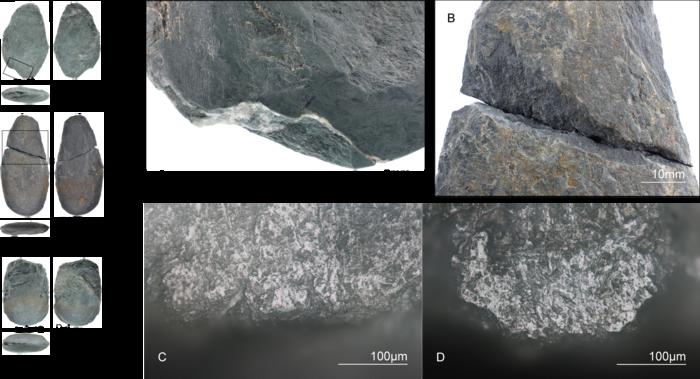Researchers from Tokyo Metropolitan University made copies of stone age tools and used them to do different tasks to see how they would wear down. They found that by looking at both big and tiny marks on the edges, we can figure out how the tools were used. They came up with a way to tell if a tool was used for cutting wood or something else. These old tools can help us figure out when humans started using wood.
Back in prehistoric times, getting better at working with wood was a big deal. Early stone tools suggest people used wood for simple stuff like spears, but later on, they got fancier, making houses, canoes, bows, and wells. This improvement in woodworking is shown by the availability of better tools, especially polished stone axes.
Most people think advanced wood-working started in the Neolithic era, about 10,000 years ago. But we’ve found stone axes from way before that. In places like Australia and Japan, we’ve dug up tools from tens of thousands of years ago. The big question is: what were they doing with these tools so early on?
To find out, a team led by Assistant Professor Akira Iwase from Tokyo Metropolitan University made their own copies of tools from the Early Upper Paleolithic era, around 38,000 to 30,000 years ago. They made the edges sharp using techniques from back then. Even though we haven’t found the handles for these tools in Japan, they used methods from Irian Jaya to attach handles and make adzes, axes, and chisels.
Then they used these tools for different jobs, like chopping trees or cutting up hides, and also for activities where they weren’t used much, like carrying them around. After that, they looked closely at the edges for both big and tiny marks. They found that cutting down trees leaves specific big fractures on the stone, and there are also tiny marks from the rubbing between the stone and the wood. By looking at both big and tiny marks, we can tell if the edges were used for cutting trees.
The team thinks that if we find similar marks on real tools from that time, it would mean humans were pretty good at woodworking way earlier than we thought. This would change our understanding of how people in the Ice Age used tools and spread their technology to different places.
This research got support from JSPS KAKENHI Grants 15K16874, 18H03596, 20K13235, 23H04840, and 23H00009.
If our reporting has informed or inspired you, please consider making a donation. Every contribution, no matter the size, empowers us to continue delivering accurate, engaging, and trustworthy science and medical news. Independent journalism requires time, effort, and resources—your support ensures we can keep uncovering the stories that matter most to you.
Join us in making knowledge accessible and impactful. Thank you for standing with us!

